How One Mathew Brady Photograph May Have Helped Elect Abraham Lincoln
Before chronicling the Civil War, the nation’s first photojournalist took these portraits
Before his graphic photographs of the Civil War made him America's best-known pioneering photojournalist, Mathew Brady had a New York studio specializing in portraiture.
In 1844 Brady opened his first studio advertising it the following year as the “First Premium New York Daguerreian Miniature Gallery.”
His portraits had the presence of carefully painted miniatures, and he was just as exacting about lighting and obtaining natural poses.
A new exhibition in the Daguerreian Gallery at the Smithsonian’s National Portrait Gallery, “Antebellum Portraits by Mathew Brady,” provides a rare look at this early side of Brady’s practice that quickly grew to two New York studios and one in Washington, D.C.
“We chose to focus on Mathew Brady’s pre-Civil War portraiture because it was during the period from 1844 to 1860 that Brady built his reputation as one of the nation’s most successful camera artists,” says Ann Shumard, the senior curator of photographs who organized the exhibition.
Eventually the daguerreotype made way for another method, the ambrotype, and before the end of the decade, salted-paper prints from glass plate collodion negatives.
It was a salted-paper print of Abraham Lincoln, taken on February 27, 1860, the day Lincoln addressed a large Republican audience in the lecture hall at Cooper Union in New York, that may have had a significant impact on American history.
While Lincoln was denigrated in his campaign as little more than a bumpkin, Brady’s photograph of a beardless Lincoln in a smart suit, his collar showing high so as to hide an unusually long neck, helped give him a sophisticated look that matched his timeless words. Publications from Frank Leslie’s Weekly to Harper’s Weekly made a full-page woodcut of the Brady portrait to illustrate Lincoln’s ascension as his party’s nominee. When it also became the cover of the published Cooper speech, which was widely distributed, it had an impact as well. Lincoln himself is to have said that it was “Brady and the Cooper Union speech made me President.”
And while the images of Lincoln on the five dollar bill and penny are based as well on Brady portraits, they wouldn’t have been possible without that first portrait.
Some 5,419 glass plate negatives from the Mathew Brady Studio were acquired by the Smithsonian as a group from the Frederick Hill Meserve Collection through the estate of Dorothy Meserve Kunhardt. Thirty-five years ago, modern prints were struck from the negatives that are shown on a rotating schedule.
Among the dozen images on display in the new exhibition are such celebrated figures as Martin Van Buren, 11 years after his term as the eighth President; and John C. Fremont, the explorer who became the first U.S. senator from California and the Republican's first candidate for president in 1856.
There is also a rare image of Dolley Madison, the celebrated wife of the fourth president James Madison, photographed in 1848, the year before she died, in Washington, D.C. She had moved back to the capital following the death of her husband 12 years earlier, and she is pictured alongside her niece Anna Payne.
There is also a carefully posed 1851 family portrait of Brady himself, with his wife Juliet "Julia" Brady and his sister Ellen Brady Haggerty, taken perhaps to show the possibilities of family portraiture from the studio.
Not much mention is made in the show of Brady’s handy Washington D.C. studio; ironically, it had the same name as the museum where it is now on view: The National Portrait Gallery.
Among the portraits are soldiers who would fight on both sides of the impending Civil War, from John Pelham, who fought under J.E.B. Stuart in the Confederate cavalry to Union Gen. George Henry Thomas.
Also represented are scientist John W. Draper and poet Frederick W. Lander, who plotted a way for the transcontinental railroad before he too became a Union general.
Artists were also among those Brady depicted in these early days, and the exhibition includes portraits of Thomas Cole, Charles Loring Elliott and John Frederick Kensett.
Winning an international award at the London World’s Fair in 1851 did a lot to raise Brady’s reputation, and he made the most of it with newspaper advertising and handbills.
“Having spent most of the past year in Europe, in examining the most celebrated galleries and works of art, especially in France and Italy,” one said, “Mr. Brady has introduced into his establishments all the improvements and discoveries of those countries, and is prepared to execute every description of work pertaining to his business, in the highest style of the art.”
Also on view in the museum and not far from the “Antebellum Portraits” exhibition is another grouping called “Lincoln’s Contempories” that include such figures as Oliver Wendell Holmes, Nathaniel Hawthorne, Henry Ward Beecher and P.T. Barnum.
Some have direct connection with the others—Jessie Benton Fremont, the daughter of Thomas Hart Benton, was married to John C. Fremont.
And among the surprising numbers of actors depicted in the display, one of them was Edwin Booth, in a 1866 portrait. His brother, John Wilkes Booth, had assassinated the president the year before.
“Antebellum Portraits by Mathew Brady” continues through June 3, 2018 at the Smithsonian’s National Portrait Gallery in Washington, D.C.
/https://tf-cmsv2-smithsonianmag-media.s3.amazonaws.com/accounts/headshot/RogerCatlin_thumbnail.png)

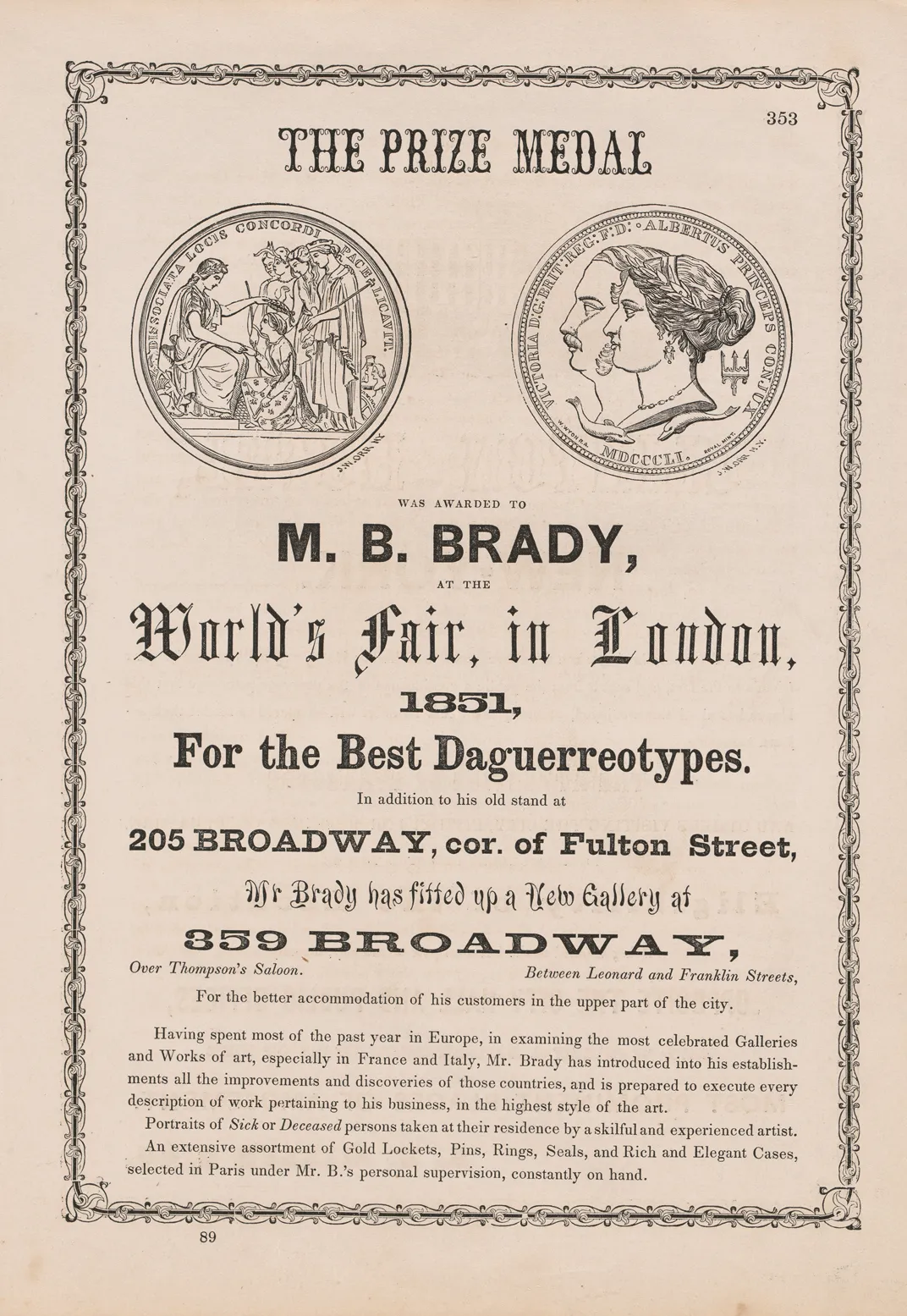
/https://tf-cmsv2-smithsonianmag-media.s3.amazonaws.com/filer/bb/de/bbde2b55-7b09-42e6-940a-6e8ff97a9bb7/npg_76_104-van-buren-det-r.jpg)
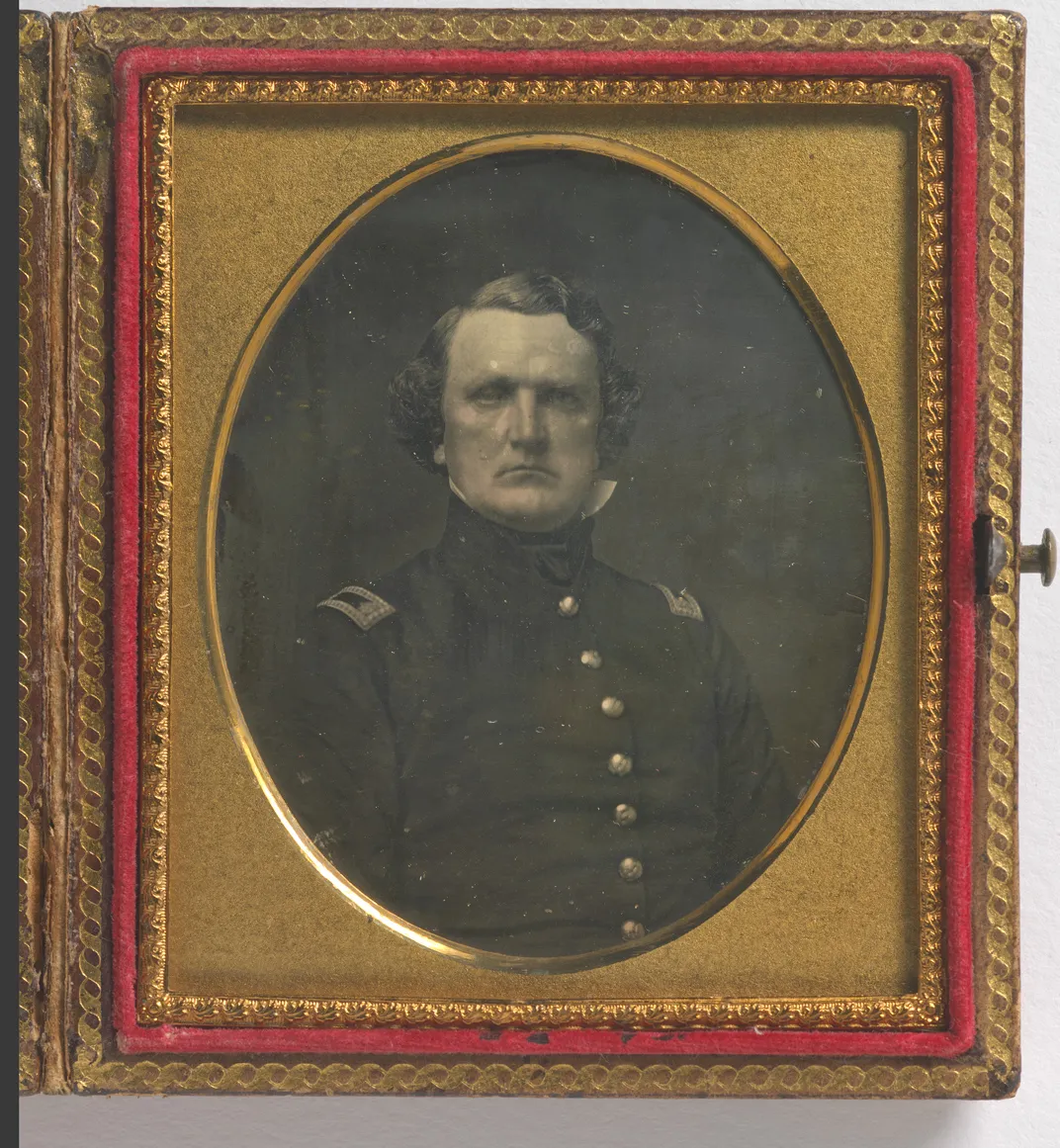
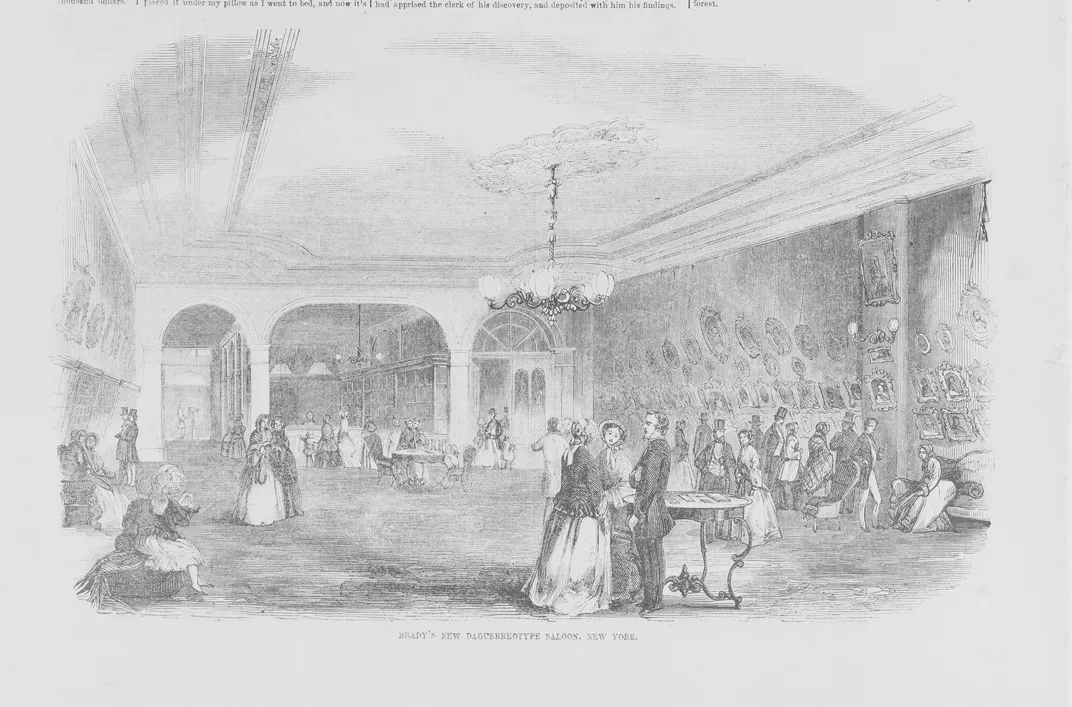
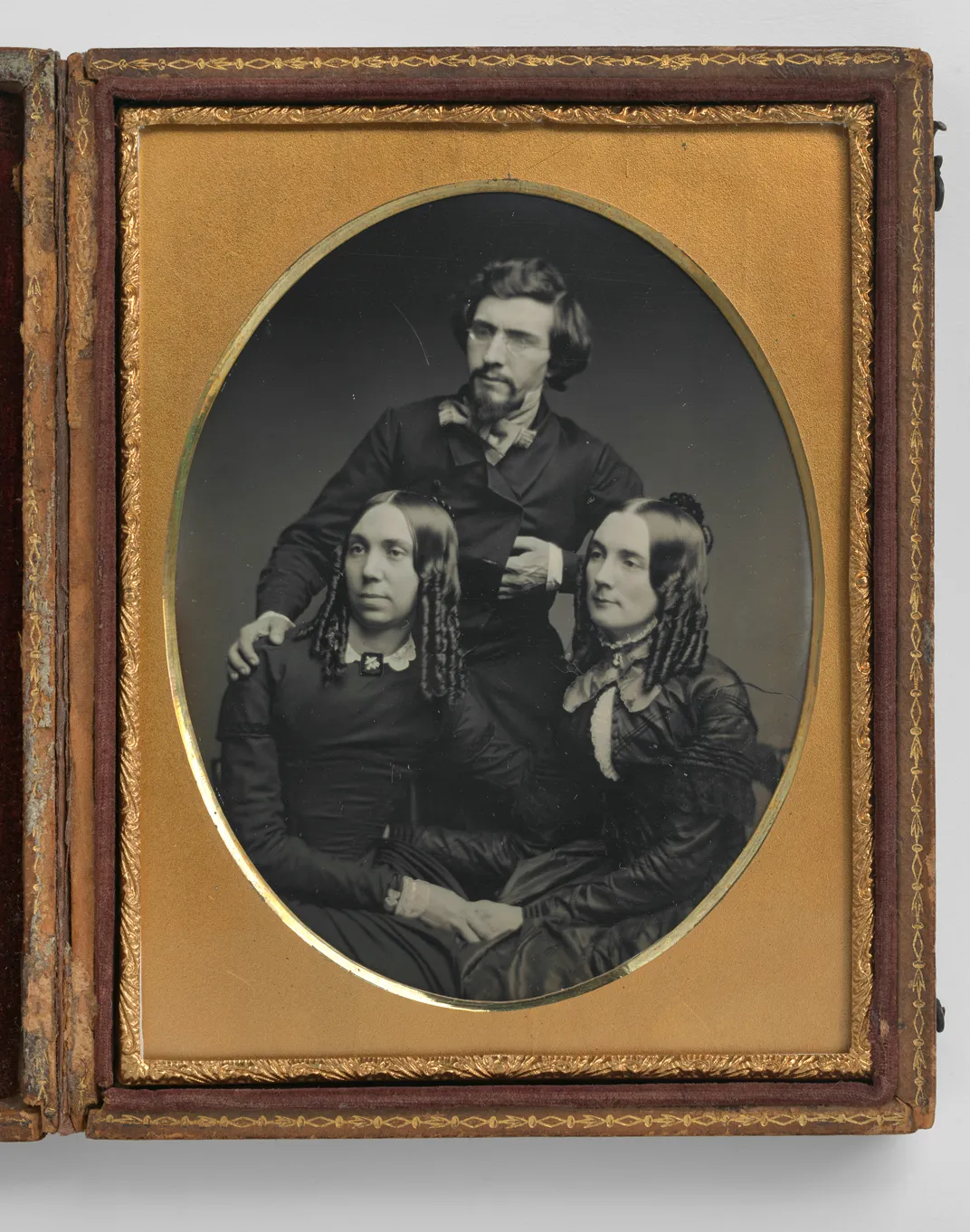

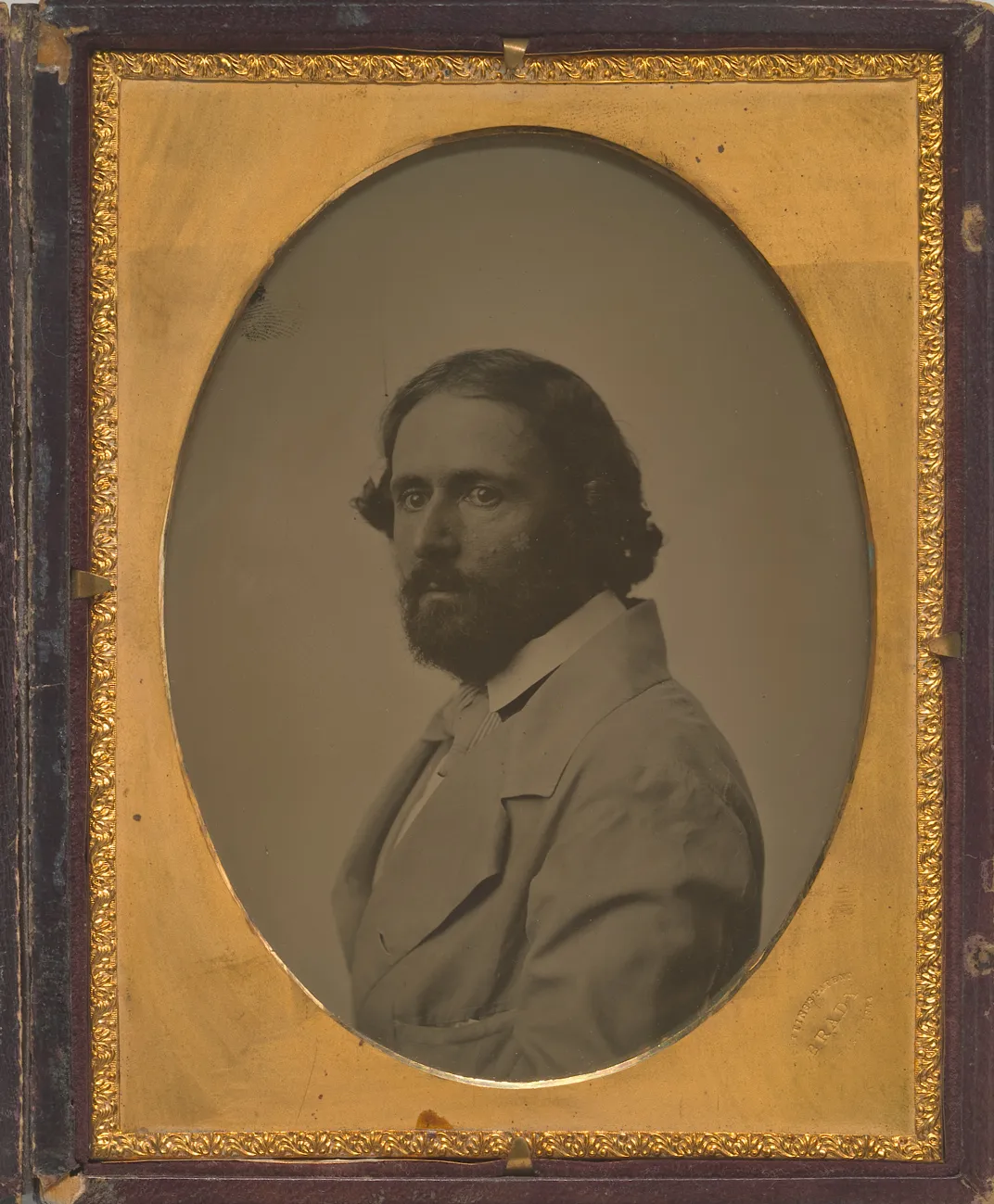
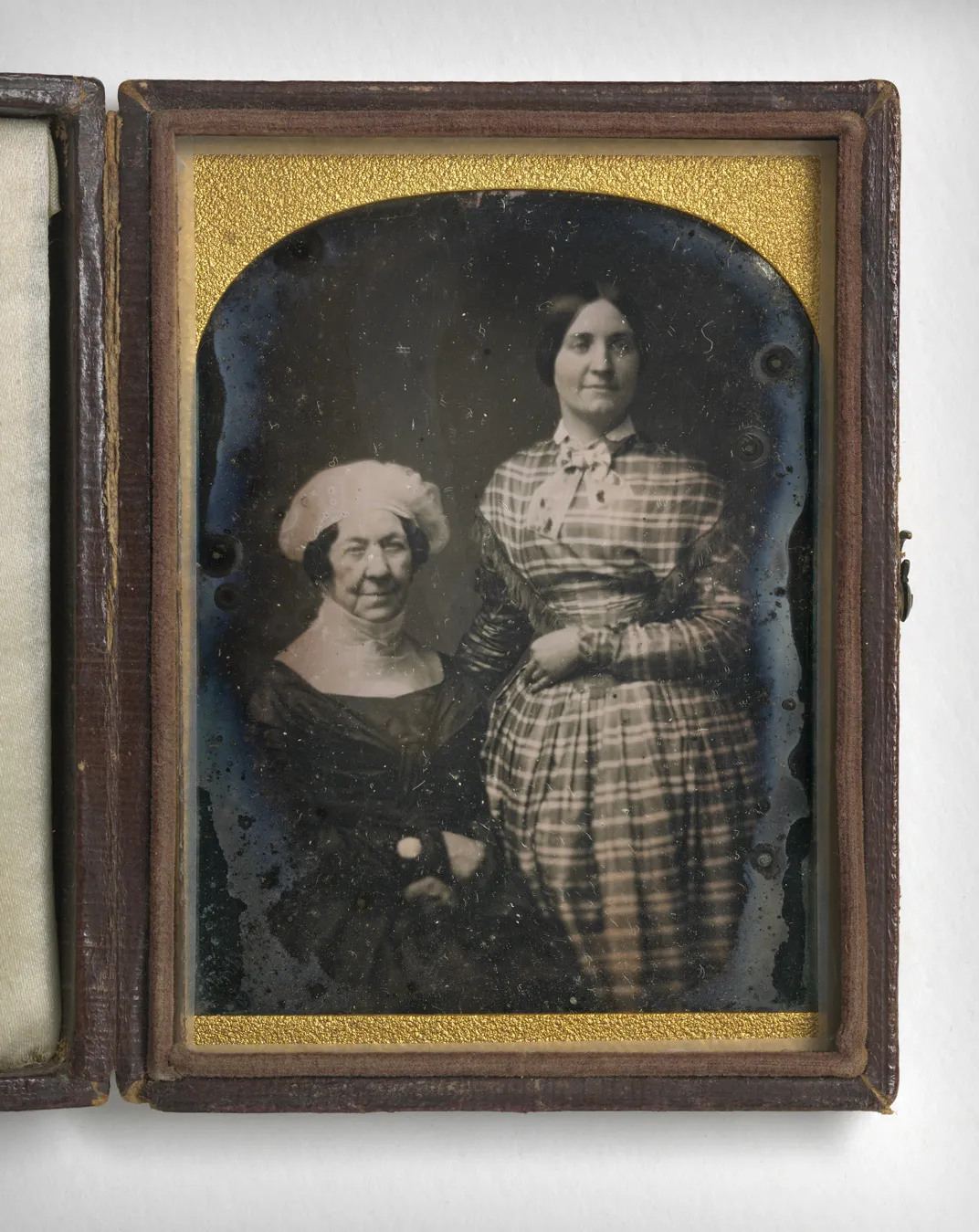
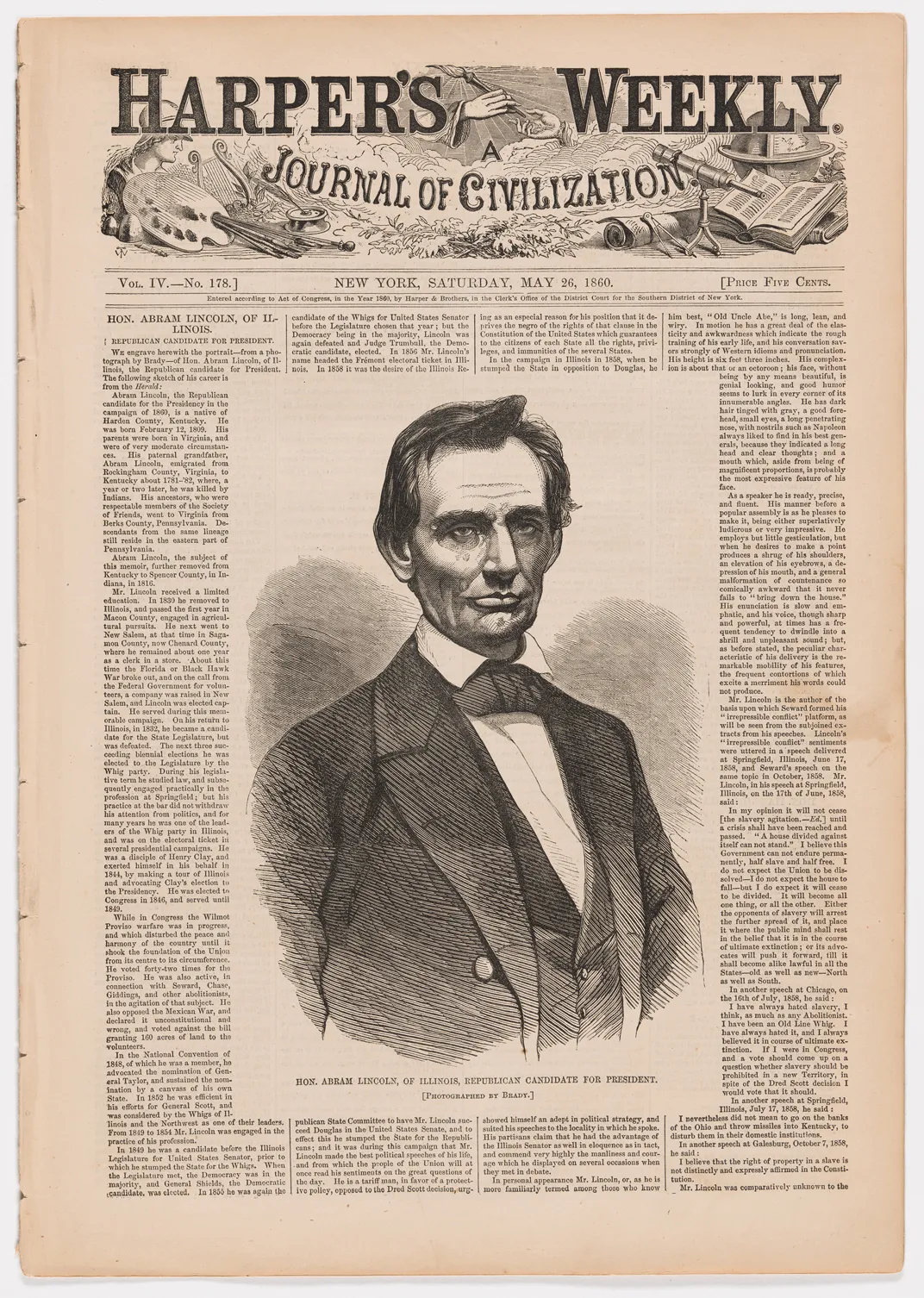
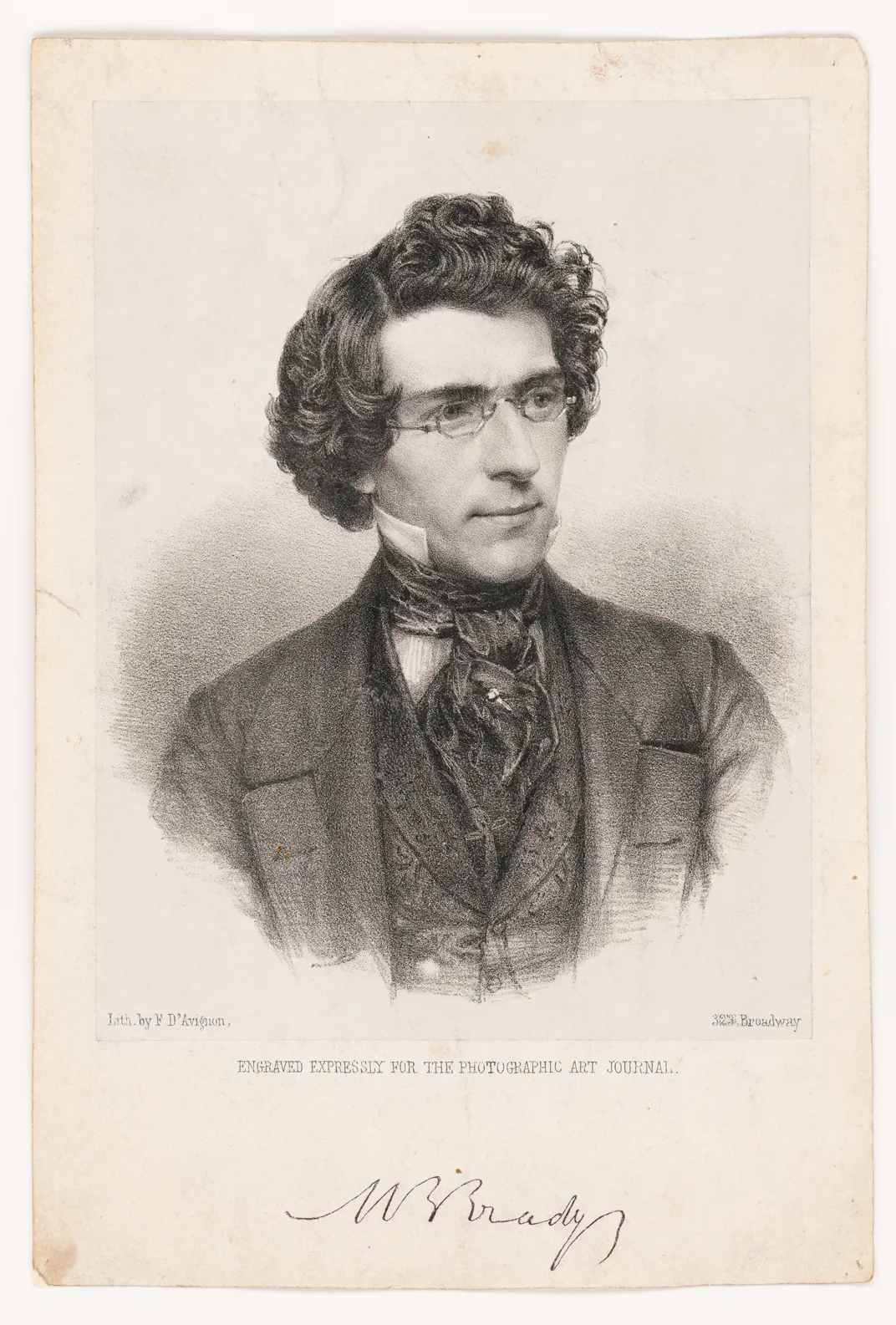
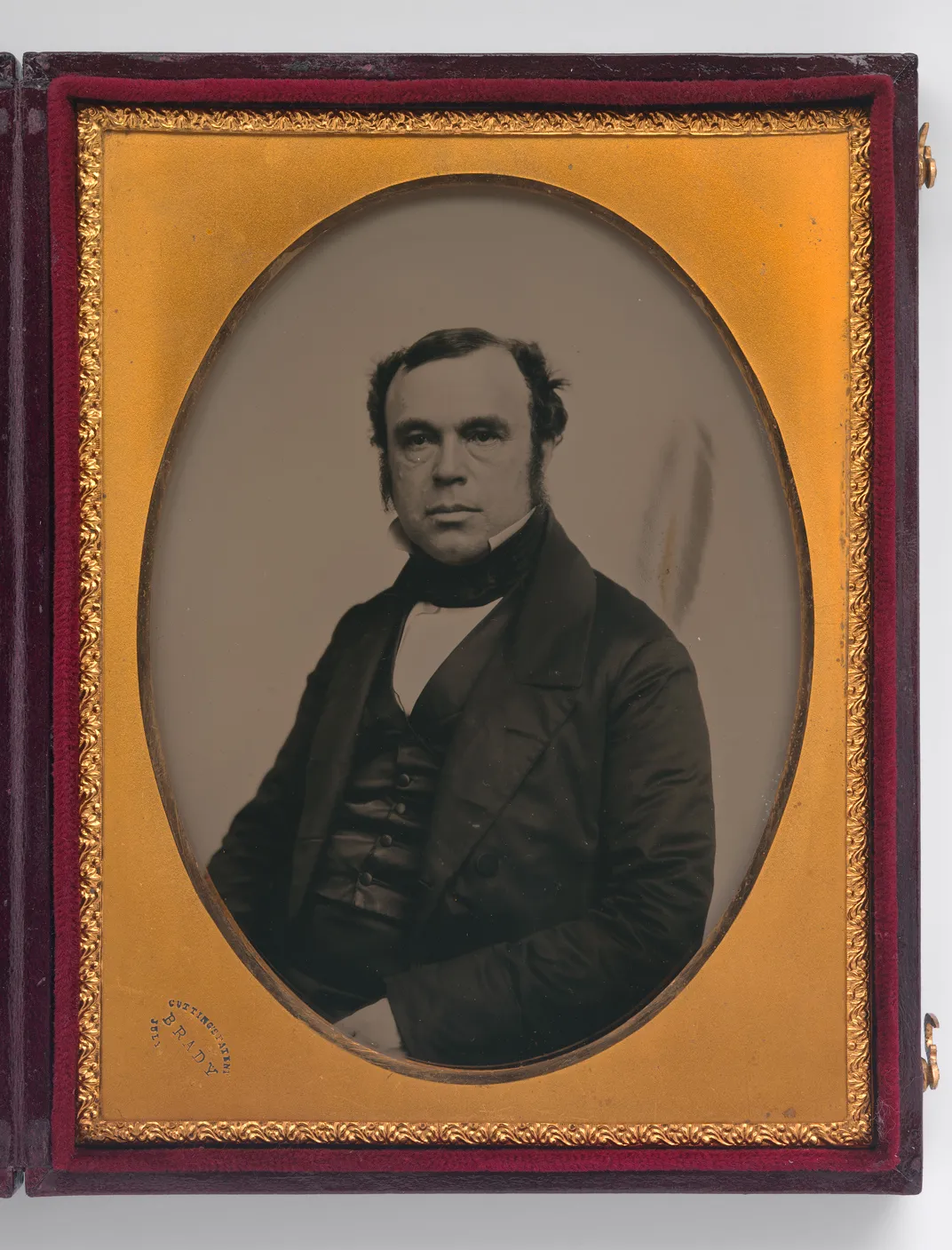
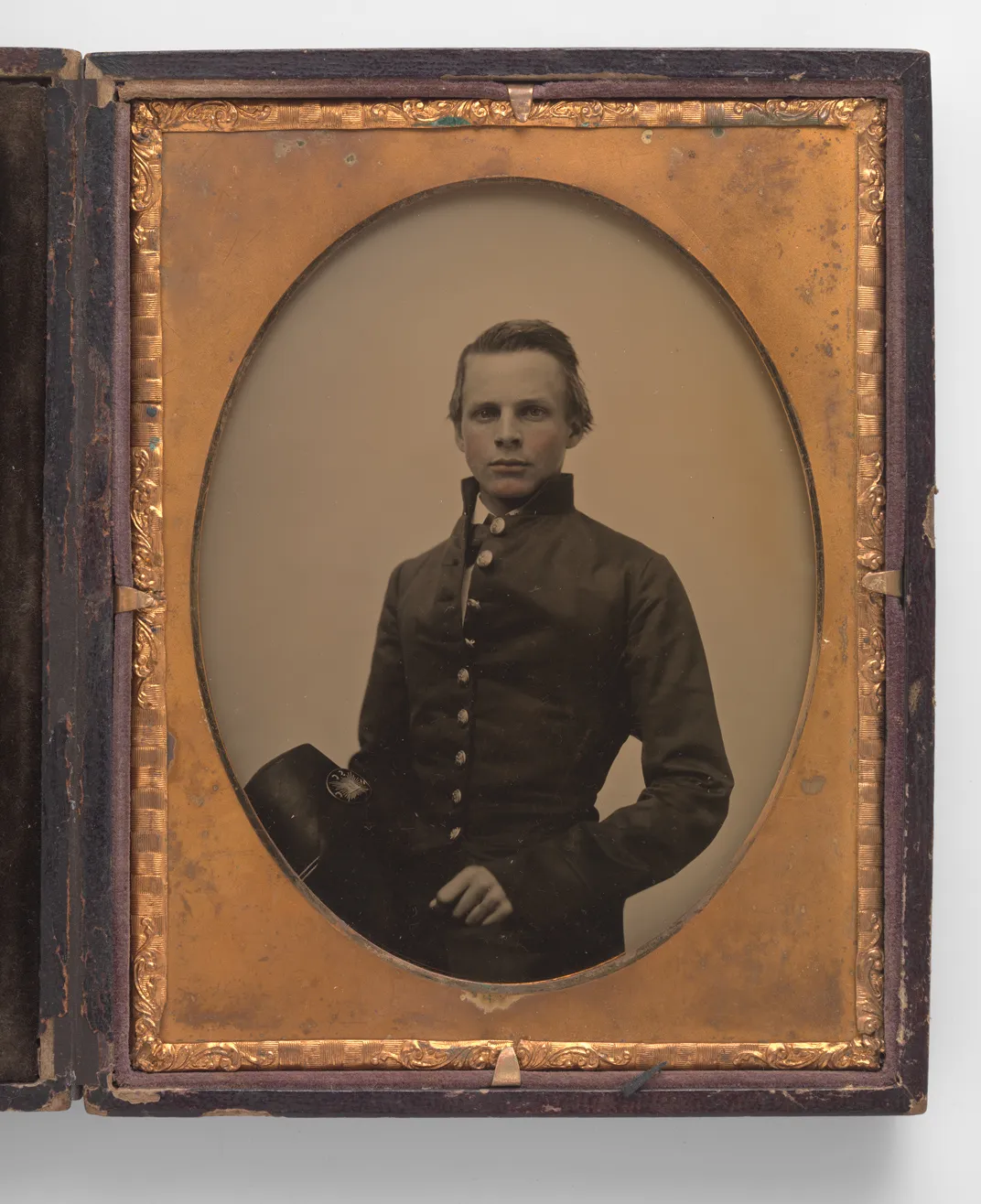
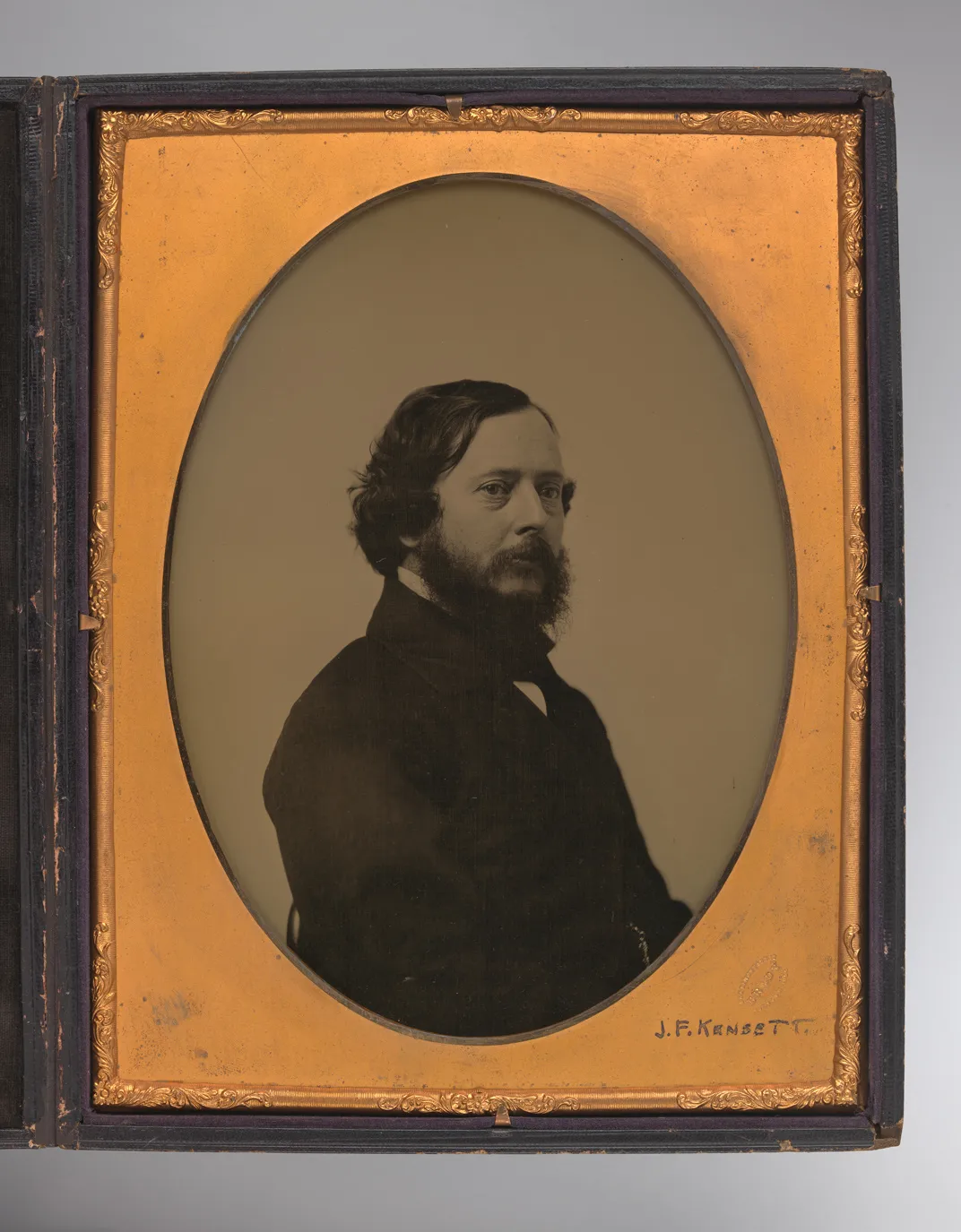
/https://tf-cmsv2-smithsonianmag-media.s3.amazonaws.com/filer/65/6d/656dbf0e-c0b7-478d-b07d-b193834c880b/npg_2011_15-lincoln-r.jpg)
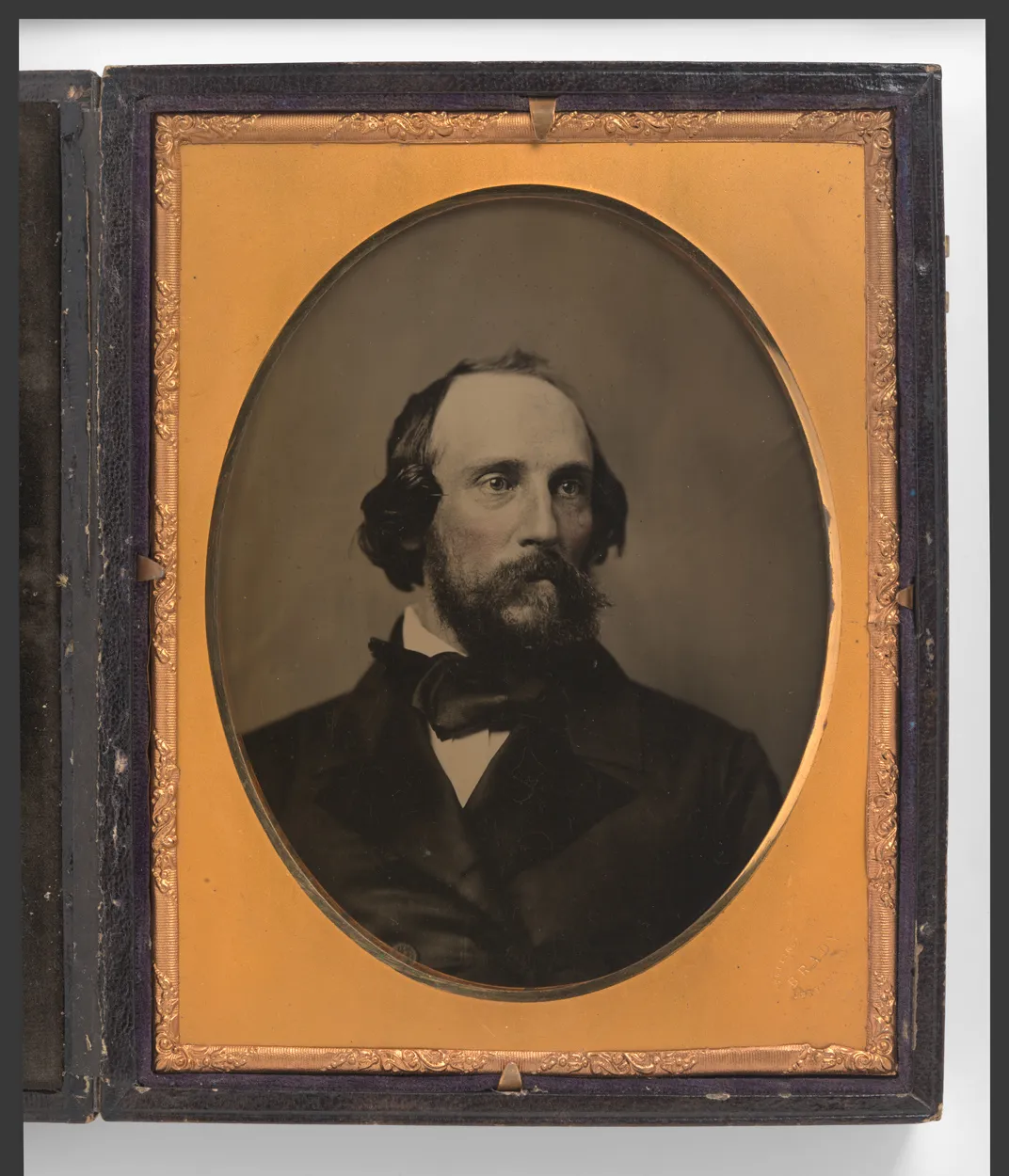
/https://tf-cmsv2-smithsonianmag-media.s3.amazonaws.com/accounts/headshot/RogerCatlin_thumbnail.png)